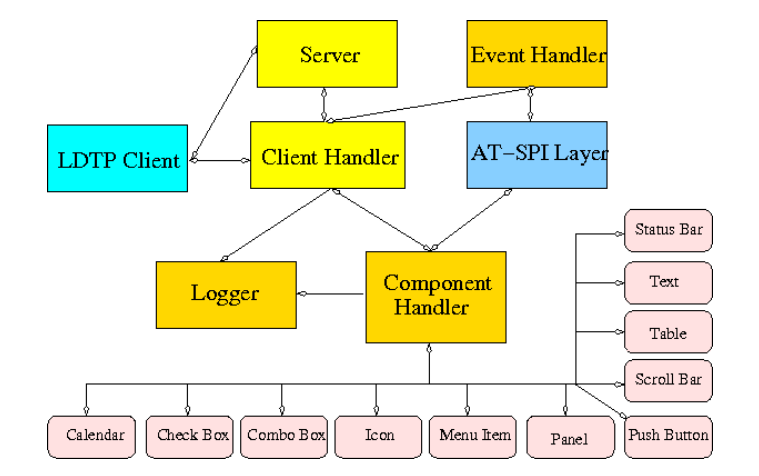Network Addressing IPv4 - Self Learn
Network Addressing:
Each device on a TCP/IP (IPv4) network uses a unique 4-byte, or 32-bit, decimal IP address for communication and is composed of two distinct parts: a network address and a host address.
Each 8 byte is called octet.

Example:
172.168.16.100
172 -> belongs class B
172.168. is the network address
16.100 is the host address
Routing is done based on the network address. Each octet can have the value between 0-255.







.
Each device on a TCP/IP (IPv4) network uses a unique 4-byte, or 32-bit, decimal IP address for communication and is composed of two distinct parts: a network address and a host address.
Each 8 byte is called octet.
Example:
172.168.16.100
172 -> belongs class B
172.168. is the network address
16.100 is the host address
Routing is done based on the network address. Each octet can have the value between 0-255.
Classes of IP Addresses
Two of the main ones are designated for the default route and loopback address.
The default route address is represented as 0.0.0.0 and is used to simplify the routing information that IP uses. Any route lookup failure defaults back to this route. The loopback address space is 127.0.0.0 and is used for testing and treating a local host as if it were remote to the network.
Class A (0–127): '0'
Class B (128–191): '10'
Class C (192–223):'110'
Class E (240–254):'1111'
.

Comments
Post a Comment